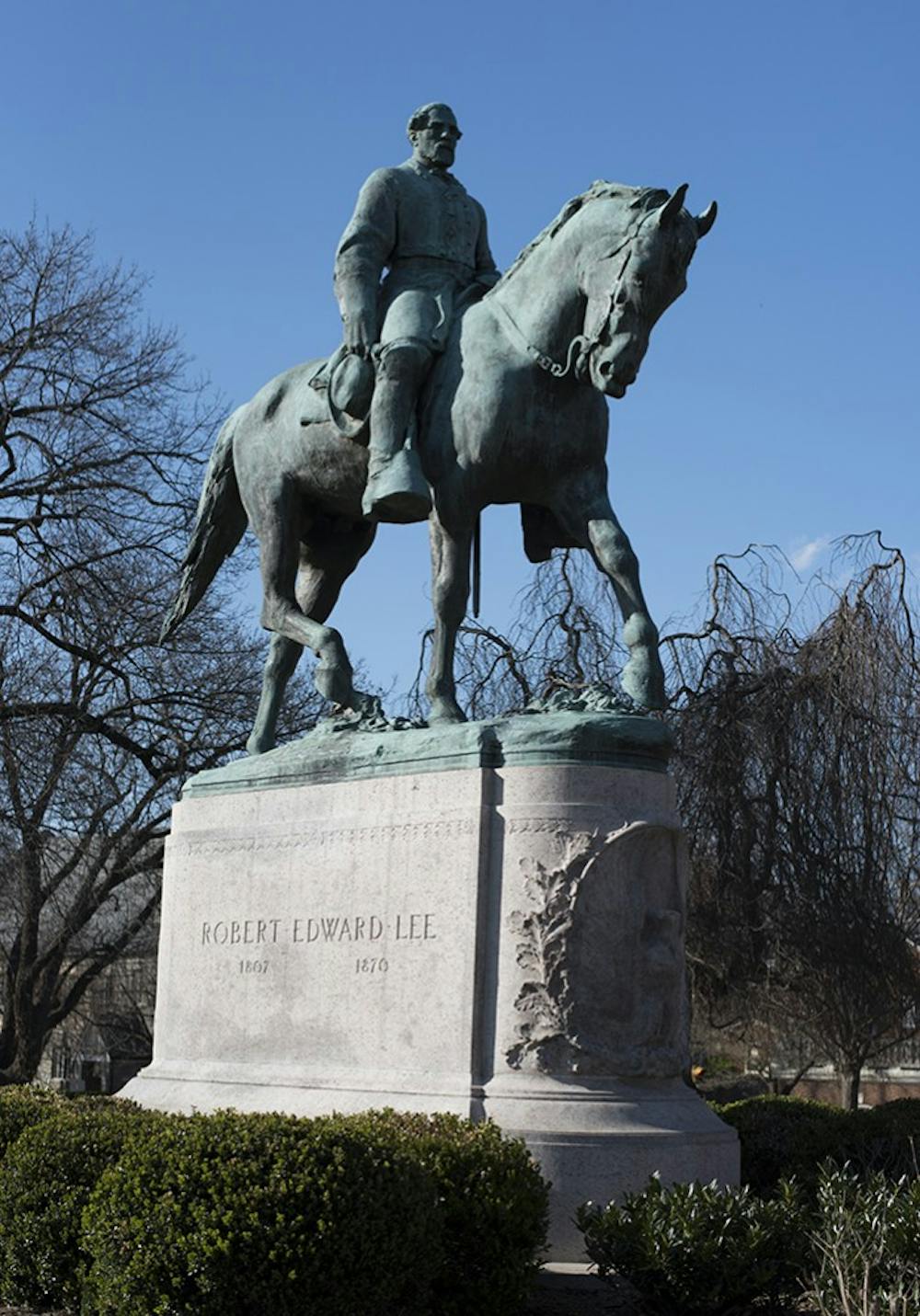Local Charlottesville residents — led by Wes Bellamy, Charlottesville City Council vice chair — are calling for the removal of the General Robert E. Lee statue in Lee Park near the Downtown Mall. Bellamy and other opponents of the statue have argued it stands for white supremacist values that have no place in a public setting. A “Save the Robert E. Lee Statue” Facebook page, created by supporters of the monument, has already garnered nearly 7,000 likes as of press time. Charlottesville should remove the statue and preserve it elsewhere in order to maintain its historically educational value but demonstrate the community’s evolution away from antiquated views.
Debates about how to commemorate controversial historical figures have been sweeping the country. Last fall, the managing board penned an editorial in which it argued U.S. President Woodrow Wilson’s name should not be removed from Princeton’s public policy school. It argued there are appropriate ways to commemorate problematic historical figures so long as the commemorations are contextualized, using Thomas Jefferson as an example of a figure whose contributions should be celebrated but whose ownership of slaves cannot be ignored or justified. However, this situation is distinct: Lee cannot be divorced from his role with the Confederacy. While for many that role may be a representation of states’ rights and Southern pride, for others this association only evokes the memory of black enslavement and oppression. In particular, for the African-American community in Charlottesville, which comprises roughly one-fifth of the city’s population, the statue suggests that their community is still not fully accepted.
While the same could be said of other historical figures as well, such as Jefferson and Wilson, a key difference between them and Lee is that they at least have some positive connections to the places where they are being recognized, whereas Lee has no historic relationship to Charlottesville. The statue in his honor was gifted to the city in 1924 by Paul McIntire (the Commerce School and amphitheatre’s namesake). Therefore, removing the statue doesn’t risk sanitizing history, as Lee himself has no specific connection to Charlottesville’s history.
This is not to say the statue should be removed from Charlottesville altogether. Relocating the statue to a museum with a plaque explaining why it was removed from the park would be appropriate. The purpose of removing statues from public spaces is not to rewrite nor destroy history, as some would suggest; rather, it is to place the statue in a context that allows us to recognize what happened without publicly honoring it.
Here at the University, we are currently looking for ways to recognize the more controversial sides of Jefferson, such as through the President’s Commission on Slavery and the University and the corresponding student organization Memorialization for Enslaved Laborers. Keeping a statue in honor of Jefferson and naming a school after Wilson are reasonable choices — we can commemorate these former presidents while still criticizing them. On the other hand, celebrating Lee, whose life’s highlight was his role in fighting against the U.S. government, is at odds with the type of community Charlottesville should be.





